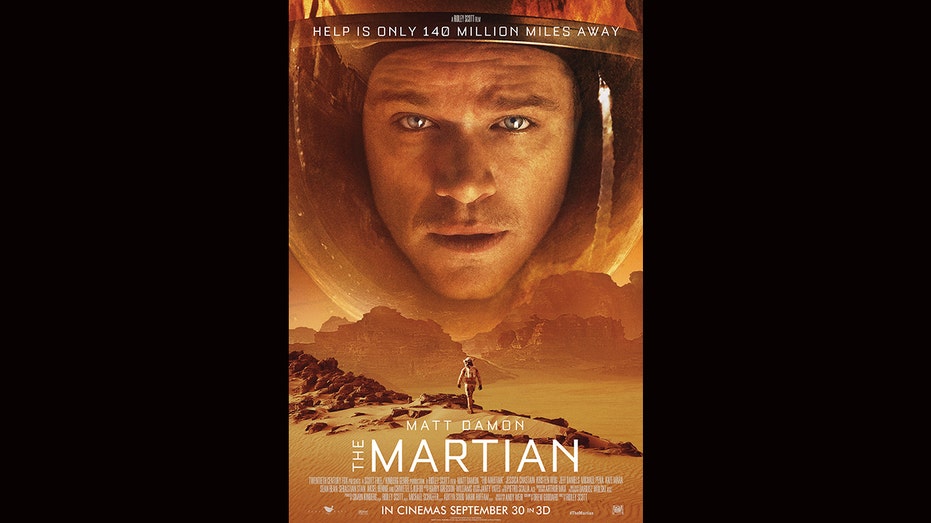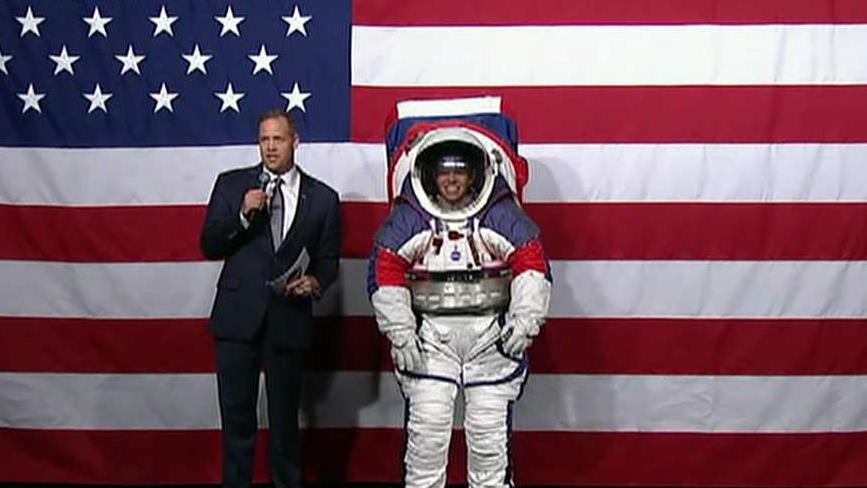NASA shirts are big sellers for retailers. Who's profiting?
Fashion designers can be very protective of their trademarks and it’s not unusual for authorities to seize knockoff fashion goods. But one of the hottest brands going right now is letting just about anyone produce merchandise with its logo on it, for free.
It’s NASA.
Shirts sporting the abbreviated name of the National Aeronautics and Space Administration have been popular with youths for a few years now, and they’re sold everywhere from JCPenney for $9.74 to Saks Fifth Avenue for $355.
Bert Ulrich, a multimedia liaison at NASA, said the administration is experiencing a “golden age of interest,” thanks in part to social media posts that show off great photos from the Hubble Space Telescope, the Mars Curiosity Rover and astronauts on the International Space Station.
“People get really excited about it,” he said.
At Target, which carries a variety of NASA "merch" like T-shirts, hats, socks and swimwear, a company spokesperson said sales of the NASA gear are consistently strong and have long been a guest favorite.
“Our guests love our NASA assortment and believe part of the draw is that the designs evoke feelings of NASA pride, adventure and intrigue,” the spokesperson said.
Because NASA is a public agency, it doesn’t have any exclusive licensing agreements; anyone interested in producing NASA-related merchandise gets equal access. It also means that NASA doesn't get a share of sales.
“We don’t discriminate against anyone,” Ulrich said.
That means just about anyone from mom-and-pop shops to major national retailers are welcome to put NASA’s logo on a shirt, as long as they’re willing to follow the administration’s rules. NASA has certain requirements like which colors are used, and its logos can’t be used in conjunction with another logo to suggest “co-branding.”
“It’s quite an easy process,” Ulrich said.
But NASA does “very rarely” turn some people down, according to Ulrich. Use of the logos is limited mostly to souvenir items like apparel and notepads. Someone couldn’t come along and sell computers with the NASA logo on them to imply they’d been made by the space agency, he said.
There are two main logos that NASA allows to be used on merchandise: the “meatball,” the blue circle with red and white stylizing that was the administration’s original logo and has been its main insignia again since 1992, and the “worm,” the logotype used as NASA’s primary logo from 1976 to 1992.

A NASA "meatball" logo patch and a "worm" logo patch. Credit: NASA.
It used to be that NASA received requests for its logos a couple times most weeks, Ulrich said. But that number has increased dramatically since 2017, when officials relaxed the rules to allow the “worm” logo on merch and Coach released its popular “Coach Space” line that prominently featured NASA logos including the “worm.”
NASA now typically receives between 10 and 20 requests to use its logos every day, according to Ulrich.
“It’s kind of crazy,” he said.
Clothing producers and shoppers aren’t the only ones showing increased interest in NASA. Ulrich said he’s also seen an increase in requests from Hollywood for space-focused movies like “Gravity,” “The Martian” and “Ad Astra.” NASA also participated in a record 174 documentaries last year.

All the interest on social media and in the entertainment industry “has sort of exploded in our pop-cultural consciousness,” Ulrich said.
“Interest in NASA and our missions has really blossomed,” he said.




















